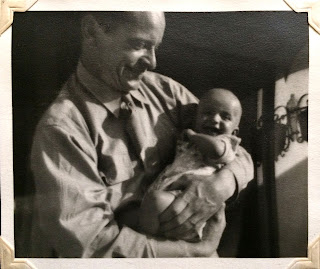Maurice Noble had a unique way of using reference. Rather than drawing directly from source material for a particular design, Maurice would pull inspiration from what he called his "Visual Memory." This "Visual Memory" was a store of visual images in his brain that he had built over time through travel, viewing art, and other experiences that would make an impression on him. Later... sometimes years or decades later... he would redraw his impression of a place from memory for a design... using its strongest characteristics.
Here are a few Maurice design examples, and their original inspiration:
"Claws For Alarm" and Mark Twain.
It is well known that Chuck Jones was a huge fan of American author Mark Twain. What is less known is that Mr. Twain found his way into a number of Chuck's cartoons. Here Maurice gives us a "poor man's" version of the grand hall from Twain's 19 room Connecticut mansion in "Claws For Alarm." (1954)

"Deduce You Say" and the Tam O'Shanter.
Maurice often drew design inspiration from life experience. His assignment for "Deduce You Say" (1956) was designing old world London. But since he had never been to Europe, he referenced the second best thing... The Tam O'Shanter restaurant on Los Feliz Blvd. Pictured here is Walt Disney's favorite table.
Inspiration from "Lost Horizon." (1937)
Frank Capra's movie "Lost Horizon" was one of Maurice's favorites. From it he drew inspiration for bits of "How The Grinch Stole Christmas," "What's Opera, Doc?" and many other films. This is a great example of Maurice's use of visual memory. He couldn't look at still frames of the movie, but he had seen "Lost Horizon" enough times that certain scenes made a distinct impression on him. Finding their way into his work.
Supplement to pg. 77 of The Noble Approach: Maurice Noble and the Zen of Animation Design.


















